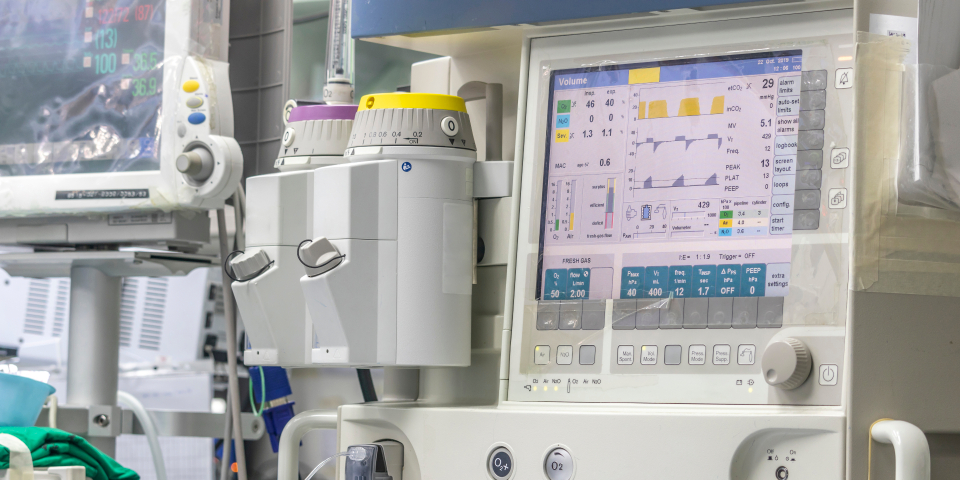Sterilization
Keeping Our Office Safe For You We follow all guidelines issued by the Centers for Disease Control and American Dental Association, particularly sterilization procedures for instruments used in the mouth. This means high speed drills too. Our autoclave is state-of-the-science—it’s monitored regularly by an independent testing laboratory to verify complete effectiveness. All clinical personnel wear masks and gloves when treating patients. After every patient, we cleanse our hands, then put on a new pair of gloves, right in front of you. Countertops, dental chairs, [...]

